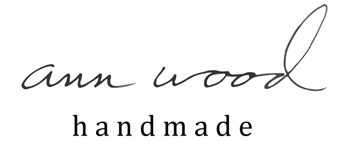
I like to think about ideas and where they come from, how they grow, what sticks and what doesn’t. And I find it hugely satisfying to share what I learn. For the past several weeks I’ve been gathering things for my diorama workshop this June and playing with ideas, experimenting in a gentle, open way, thinking about when to hold onto a narrative and when to let it go, exploring the relationships between things.

And I’ve been working on a way to share some of the experience with people who can’t make it to a workshop or retreat. That idea has been percolating since the makerie workshop last fall. Like the diorama workshop it was very focused on experimenting, thinking and trying stuff. I began the 3 day workshop with a warm up exercise called “a mysterious box”. Students got a small box with a collection of materials and a mini assignment, the assignment was the same for everybody and it is top secret.


I had a blast making the little boxes and the experiment was successful beyond my expectations. I’m working on the correspondence version now. Making little boxes and working out a way for people who participate to come together and share what they make.
What do you think?

And the hunting and gathering : I hit the ephemera jackpot a couple weeks ago. A huge box of old paper stuff (some of it very old), someone else’s memories and treasures. The things that were precious and carefully kept right up until they weren’t. I spend time looking through it everyday and part of me just wants to keep it all (those halloween treat bags are hugely nostalgic for me). I will not.


There are lots of newspapers and magazines from around 1880 with magnificent illustrations. Sweet bundles of letters, maps, elaborate certificates and receipts. Wonderful color, text and imagery to play with (you can see more from the box in on instagram).

There aren’t many photos in the box, I love this one. I think this is the one thing I’ll keep. I love the bare trees in the background, the lonely holiday garland on the window, the mood of it all. Long ago Christmas seen through a smokey, scratched lens, the wistfulness magnified by the medium.
The box is full of that feeling and I can’t get enough of it.































































































